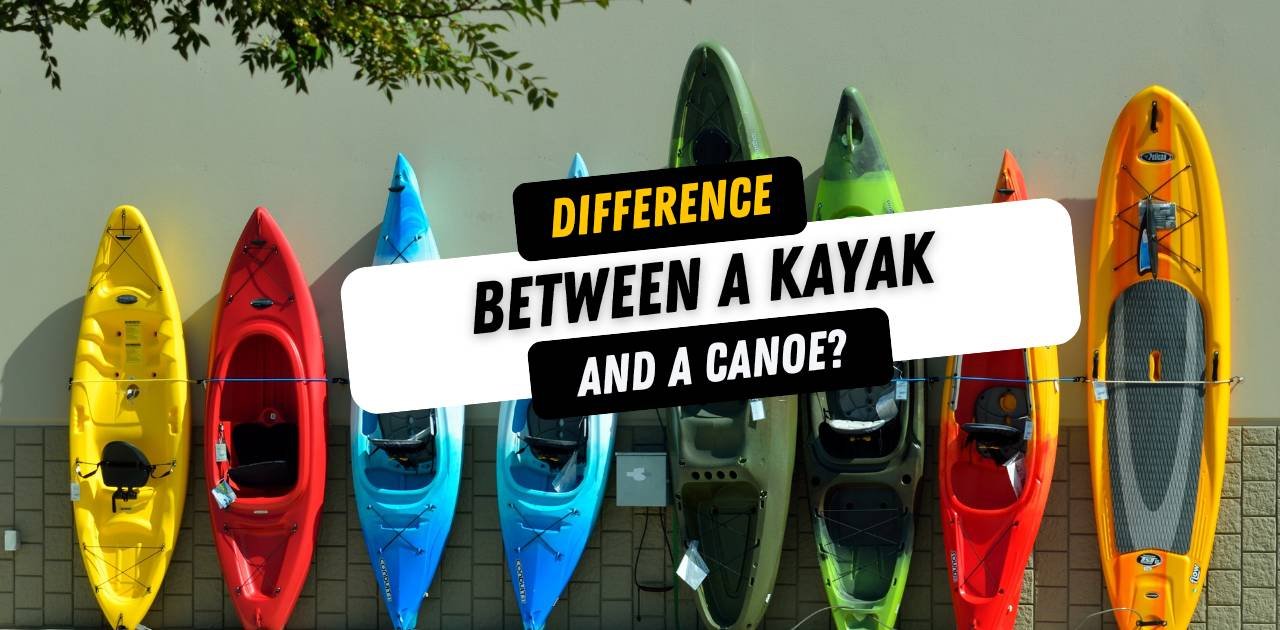What Is the Difference between a Kayak and a Canoe?
When it comes to water sports, kayaking and canoeing are among the most popular activities enjoyed by enthusiasts all over the world. Although they may seem similar at first glance, there are several distinct differences between a kayak and a canoe.
Understanding these differences can help you decide which one is more suitable for your water adventures. This article will explore the design, usage, paddling techniques, and much more to give you a comprehensive understanding of both kayaks and canoes.
Key Differences in Design

1. Structure and Shape
The most noticeable difference between a kayak and a canoe lies in their structure and shape. Kayaks are generally narrower and have a closed deck, with a cockpit where the paddler sits. The cockpit is often covered by a spray deck (also known as a spray skirt), which prevents water from entering the vessel.
Canoes, on the other hand, have an open deck that gives them a more spacious feel. They are wider and typically allow paddlers to either sit on a bench or kneel inside the hull.
2. Size and Weight
Kayaks are usually lighter and shorter than canoes, making them easier to maneuver and transport. Canoes tend to be larger and bulkier, which offers more stability and storage space for gear, making them ideal for longer trips or family outings.
3. Hull Design
The hull design also varies significantly between the two. Kayaks often have a rounded or V-shaped hull which helps increase speed and agility in the water. Canoes usually feature a flat or shallow arch hull, enhancing stability in calm waters.
Paddling Techniques
1. Types of Paddles
Kayaks are typically paddled using a double-bladed paddle, which means that the paddler has a blade on each end of the paddle to alternate strokes on either side of the kayak. This allows for efficient and speedy movement.
Canoe paddlers use a single-bladed paddle and usually work as a team, with one paddler at the bow (front) and another at the stern (back), though it’s also possible to paddle a canoe solo.
2. Paddling Position
In a kayak, paddlers sit with their legs stretched out in front, close to the level of the water. This position allows for powerful and efficient paddle strokes. In a canoe, paddlers typically kneel or sit on a raised seat, which provides a higher vantage point and greater leverage when paddling.
3. Stroke Techniques
The paddling techniques also differ due to the paddles used. Kayakers often use a variety of strokes like the forward stroke, sweep stroke, and the Eskimo roll for capsizing scenarios. Canoeists use strokes like the J-stroke, draw stroke, and pry stroke to navigate and maintain control of the boat.
Usage and Versatility
1. Recreational Activities
Both kayaks and canoes are great for recreational activities. Kayaks, with their sleek design and agility, are perfect for adventure sports like white-water rafting, sea kayaking, and kayak fishing. Canoes offer a more relaxed experience, ideal for leisurely paddles on calm lakes or slow-moving rivers.
2. Competitive Sports
Both vessels are also used in competitive sports. Kayak racing and canoe sprint are Olympic sports that test speed and endurance. Slalom racing, another popular competitive water sport, can be done in both kayaks and canoes.
3. Expedition and Utility
For expeditions and utility purposes, canoes hold an advantage due to their larger capacity for carrying people and gear. They are often the preferred choice for multi-day river trips or when paddling with a group. Kayaks are better suited for solo expeditions or where speed and maneuverability are crucial.
Choosing the Right Vessel
Selecting between a kayak and a canoe largely depends on the type of water activity you’re interested in. If you prefer solo trips, intense sports, or sea journeys, kayaks might be the better choice. For family trips, fishing, or leisure activities where you might need more space and stability, a canoe would be more suitable.
Conclusion
While kayaks and canoes serve similar purposes, the choice between the two depends on personal preferences, the nature of the activity, and the environment in which you will be paddling.
Whether you choose the sleek agility of the kayak or the sturdy spaciousness of the canoe, both provide a fantastic way to enjoy the great outdoors and get some exercise. So why not try both and see which one suits your adventurous spirit the best?





